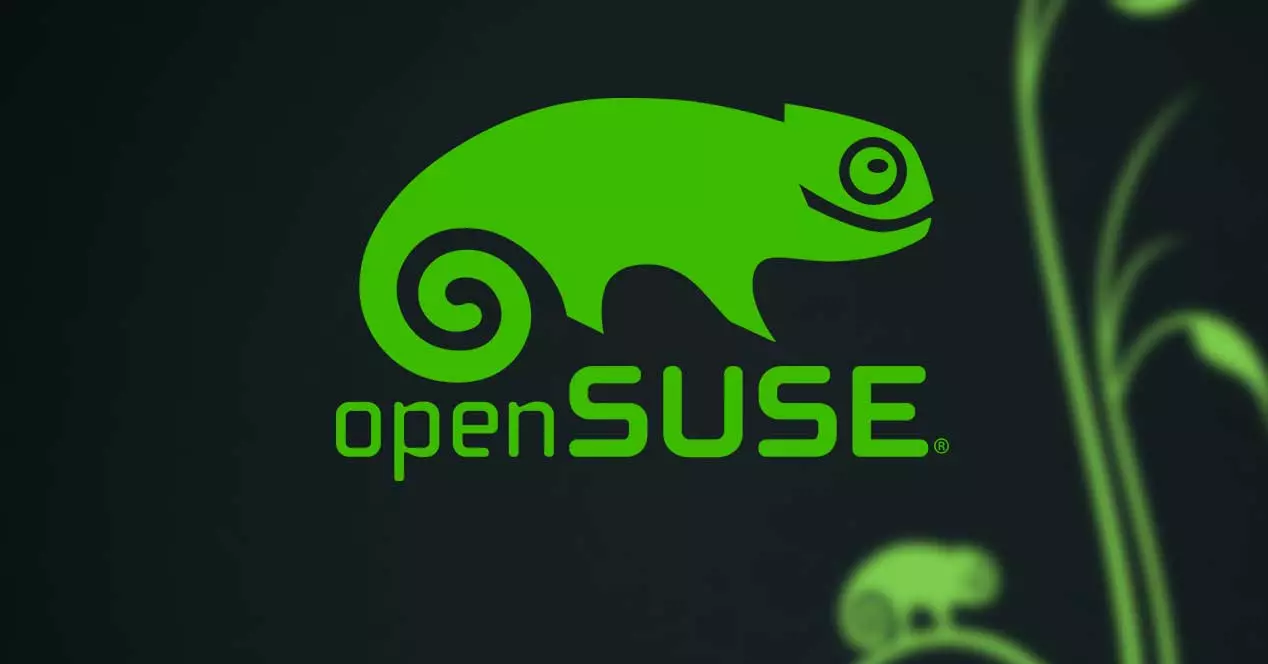The openSUSE Project released today openSUSE Leap 15.3 as the third installment in the free openSUSE Leap 15 operating system series, based on the commercial SUSE Linux Enterprise 15 operating system series.
Built on top of binary packages from the SUSE Linux Enterprise 15 Service Pack 3 (SP3) release, openSUSE Leap 15.3 is fully binary identical with the upstream operating system, unifying feature sets to make the seamless migration experience from openSUSE Leap to SUSE Linux Enterprise Server (SLES) almost instantaneous.
Highlights of openSUSE Leap 15.3 include support for the latest Xfce 4.16 desktop environment, which is now available as an option in the installer alongside the KDE Plasma 5.18 LTS and GNOME 3.34 desktops, as well as a standalone Live ISO image. In addition, this is the first release to replace the i3 tilling window manager with the Sway tiling Wayland compositor and window manager.
Among other noteworthy changes, this release removes the KDE 4 and Qt4 technologies as they are no longer maintained and have been completely replaced by the newer KDE Plasma 5 and Qt 5 series respectively, introduces many Artificial Intelligence (AI) packages like Grafana, ONNX, Prometheus, PyTorch, and TensorFlow Lite, and it’s powered by Linux kernel 5.3.18 that’s fully maintained by SUSE.
Moreover, it introduces sound support for Raspberry Pi 4 and Raspberry Pi 400 single-board computers, the award-winning GNU Health HMIS (Hospital Management Information System), HIS (Health Information System), EMR (Electronic Medical Record), and LIS (Laboratory Information System) software, as well as the Pagure software for setting up your own full-featured Git repository server.
openSUSE Leap 15.3 can be downloaded right now from the official website as installable-only ISO images for 64-bit (x86_64), AArch64 (ARM 64-bit), PowerPC 64-bit Little Endian (ppc64le), and IBM Z and LinuxONE (s390x) systems, as well as Live images with the GNOME, KDE Plasma, or Xfce desktop environments, a Rescue image, and JeOS (Just Enough OS) images for use in KVM, XEN HVM, OpenStack, VMware, and Hyper-V virtual machines.
